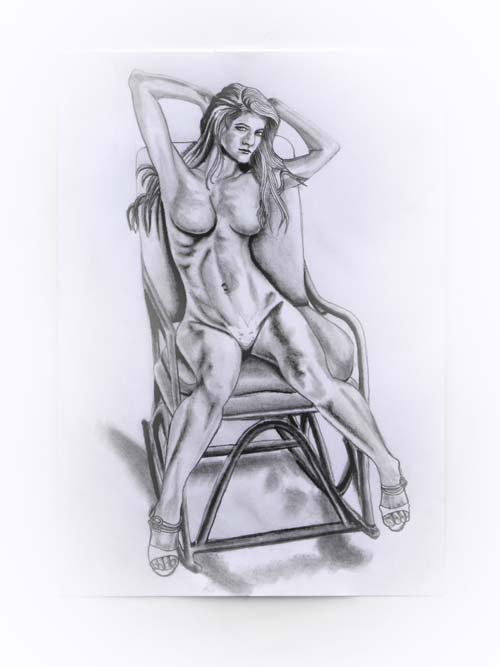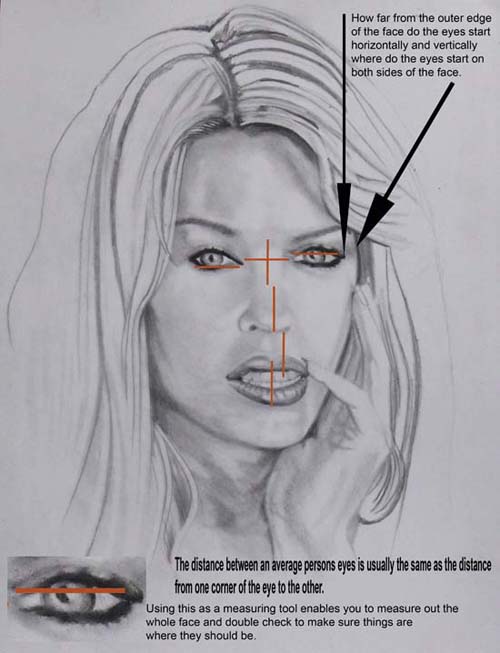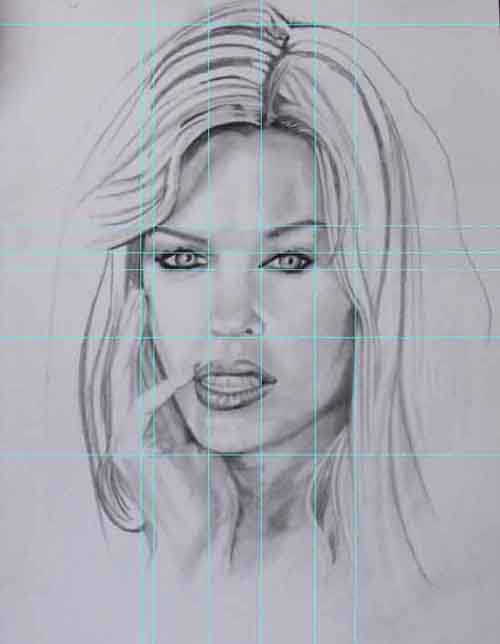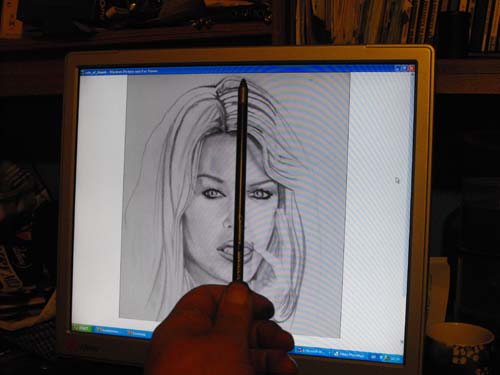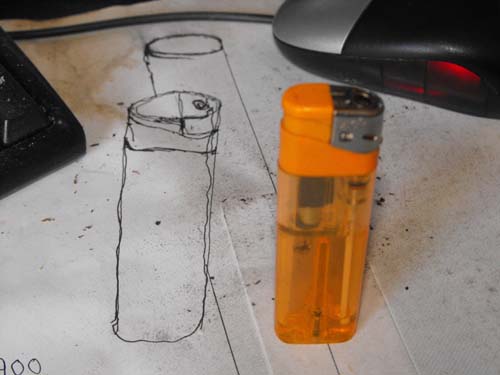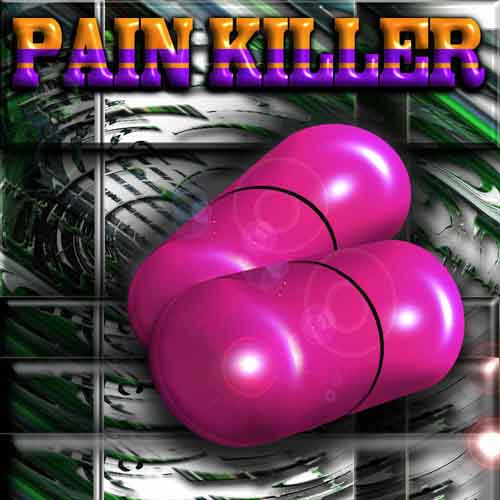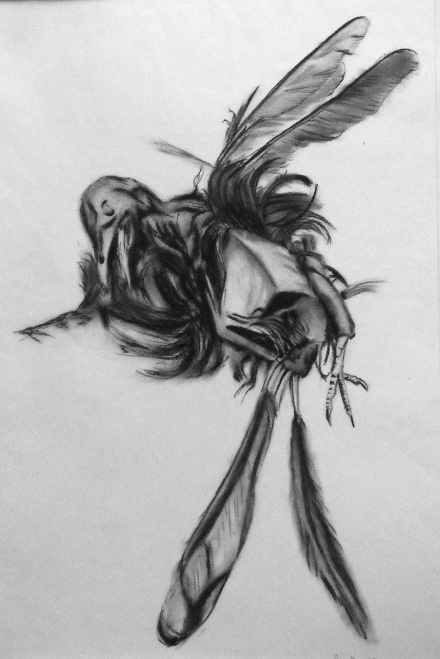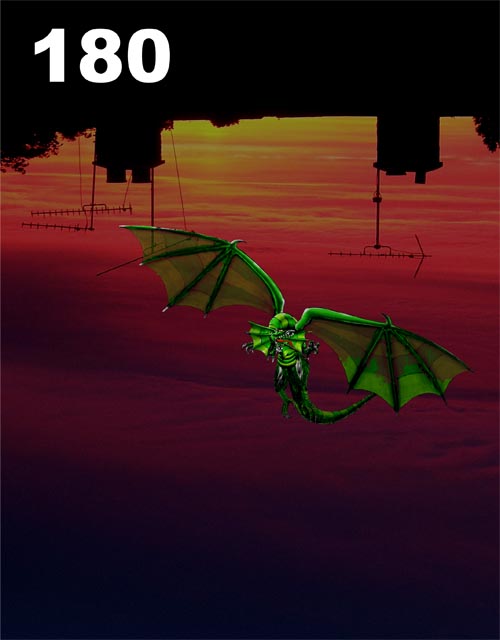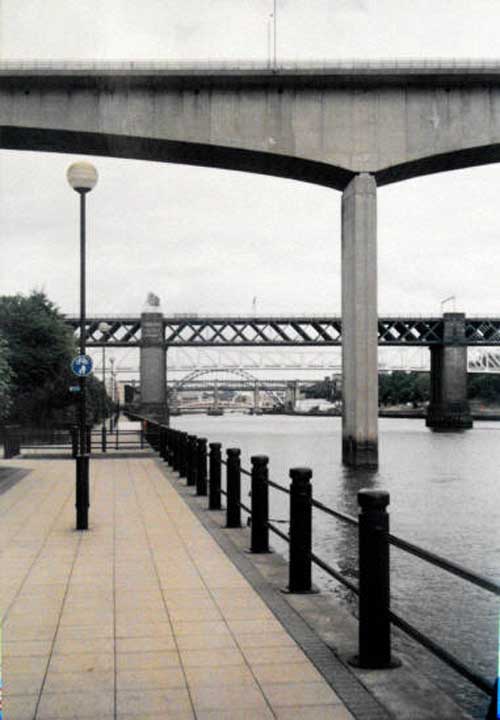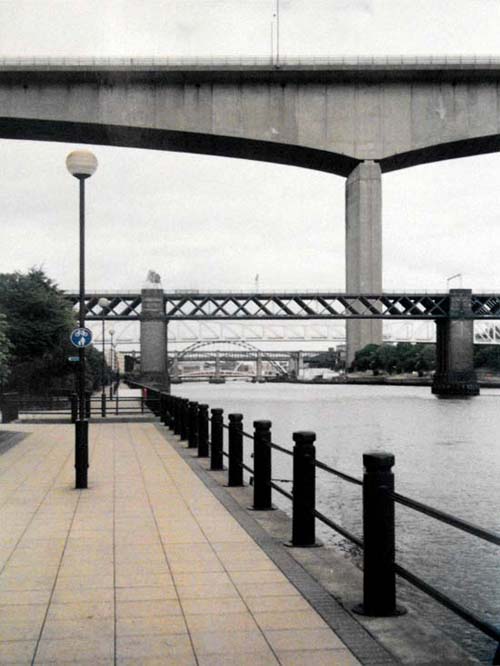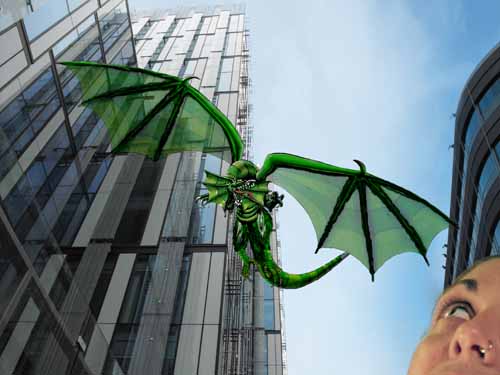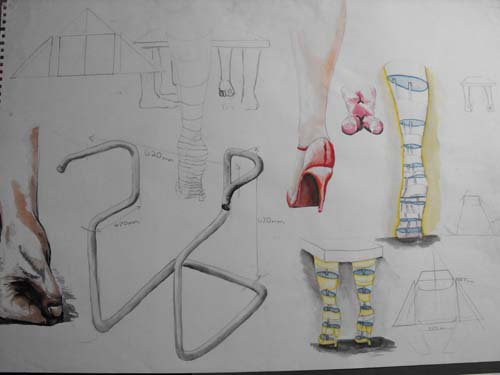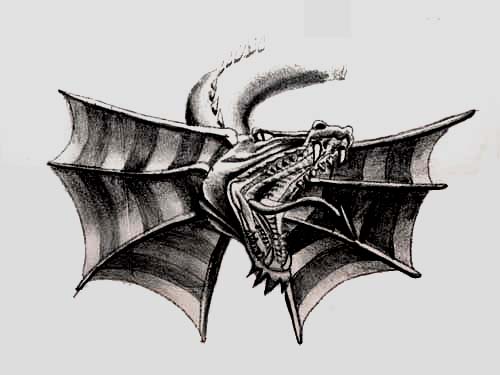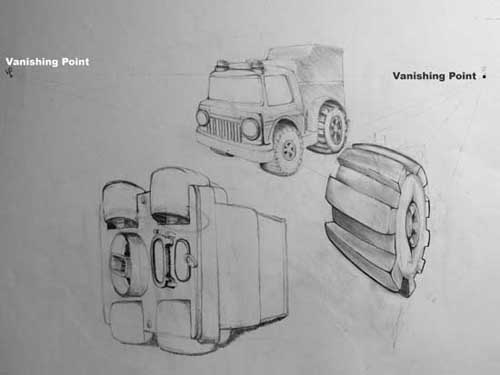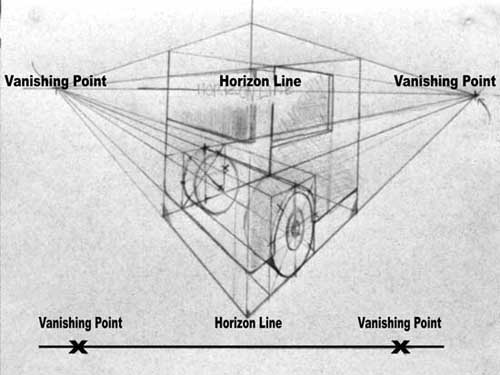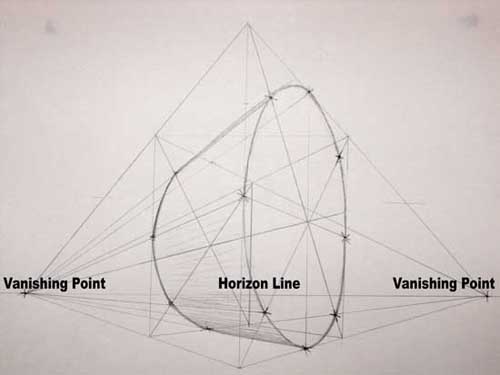The best drawing tutorials in the whole world, are created by you, you are the learner, needing or wanting to improve your skills, so it is about your needs.
We can learn in many different ways but the most advantageous of all learning experiences, are the ones you take part in, have you ever heard the expression, practice makes perfect or you can lead a horse to water but can’t make it drink?
Practice makes perfect.
The Neuroscientists tell us, that the human brain works like this, the more you use it, the better it works, when you remember something, you make it stronger, the more you remember it or think about it, the stronger it gets. When you do something you remember parts of it, so if you do it again, then you do it with the memories of having already done it before.
This means you have some understanding, no matter how small, of what will happen next, so when you do it again, you reinforce your learning and perhaps learn some more, about what happens as an outcome of your actions, this is learning.
This has a down side also because if you repeatedly, do things the wrong ways, then you run the risk of reinforcing, the negative learning as well. This is not good for you, especially since it seems to be more difficult to undo any learning, than it is, to put it there, in the first place.
So practice makes perfect but only if it is good practice because bad practice, will kill your confidence, motivation and drive, rendering you useless, to your self or you’re drawing.
You can lead a horse to water but you can’t make it drink.
Do you realize, that I do not like others telling me what to do, I respond much better to encouragement, don’t you, of course you do, so it’s not just the horse, who will not do what you want it to do, is it?
Most human beings like to be able to decide things for themselves, they like to be in control and do the things, that they want to do because they like to have ownership of their actions, and it’s important for them to do so.
When people do things because they want to do them, they usually do them much better, so it is vital to your learning, that you learn, what you want to learn, from doing, what you want to do, that way, you will do it better.
The method.
This is a way to teach yourself, you do something, then you think about it, as with most things, we usually think about them, as we are doing and drawing, actually is highly dependent on having to be done in this way. It is worth thinking about your drawing, even after you have completed it but most likely you will anyway, this will reinforce your learning, as well as help you learn about what worked, and what didn’t work well, so you can use it, again or not later.
If you draw or learn the things that you want to, then you will draw or learn them better, and with more gusto, giving you good feelings, that are encouraging because we all like to feel good.
The best way to help yourself in your learning, is to find somebody who is good, at what it is, you want to be able to do. Ask them questions; tell them about some of the problems, you might be having, ask them for advice, even if they don’t offer it. Most people, will be more than willing to help because most people like to be helpful, even in selfish ways because they also like to feel good about themselves.
Listen to what these people might tell you, think about it, try it out, so as you know what they are saying and also if it works or not. You are the one who wants to learn, not them, so all the tutorials in the world, will only teach you what others want you to learn or think, you should learn, without even knowing what you want or knowing you at all, and at the end of it all, it is your learning, and can only ever be yours.
Much of this guidance, help and information can be obtained online, by asking people where they hang out, on forums or in communities centered on what ever it is you want to do, as well as drawing.
Drawing tutorials are not completely worthless, so long as they fit your needs or contain something of interest but remember, most of them really are only basic, the best way is talking to people, ask questions and leave no stones unturned.

